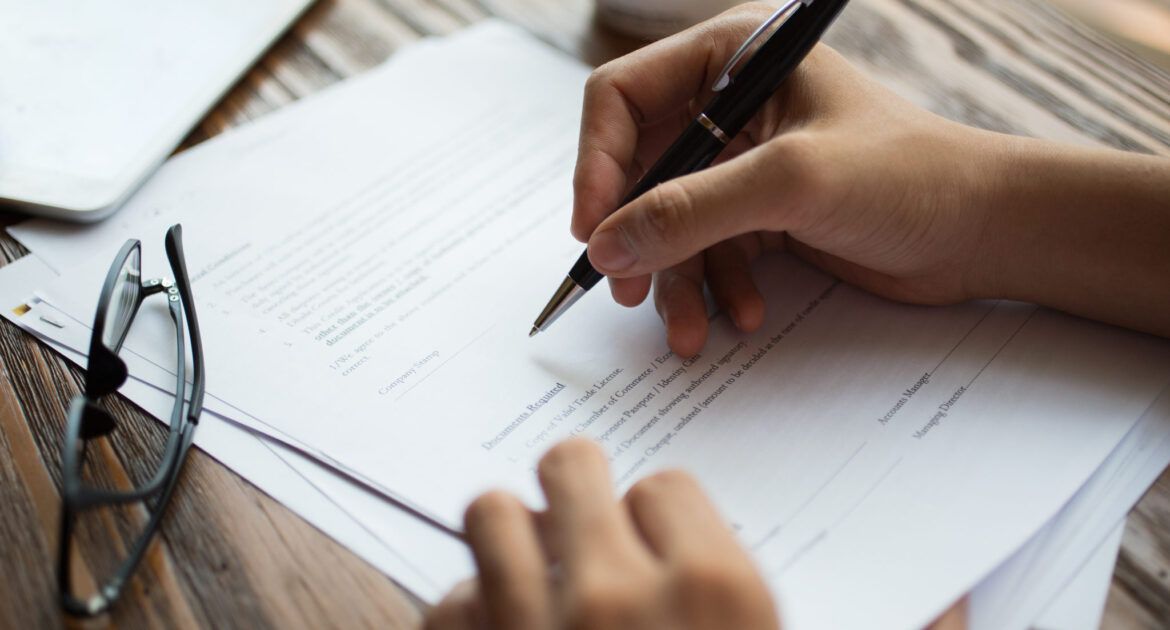What is the Impact of Technology on Student Learning? As a leader, you need to take stock of how your faculty perceives online spaces and implement strategies to avoid such disruptions in the future. For example, you could provide a week’s worth of online teaching to teachers, and ask them to evaluate their comfort with teaching online. Flexibility is key during disruptive times. It’s essential to build and maintain relationships with your faculty, but you also need to be flexible.
Increased motivation
Teachers must cultivate creative thinking and prepare students for the world outside the classroom. They must motivate students to learn about the best technology and gadget blog. Interactive apps, games, virtual lectures, tablets, videos, and slide shows can all be beneficial to students. The following are some ways teachers can motivate students with technology. Listed below are a few ways to make technology more motivating in the classroom.
Creating personal responsibility and choice for students is an effective way to encourage them to take responsibility for their own learning. Students should have control over their own learning path, so use digital choice boards to engage students with varying strengths and interests. A sense of accomplishment, self-worth, and fairness are all important factors in boosting student motivation. These factors are also linked to positive feelings about learning. In this way, students will invest more time and focus on a task.
Increased effort
While technology can be a great benefit for teaching, it can also lead to social isolation and lowered motivation. When used in schools, technology can help students learn while reducing the need for personal contact. Students can also utilize programs that help them process information and process it further. These programs can be used during centres or group work. This technology can free teachers from the tedium of dealing with students one-on-one so that all students are getting what they need to succeed.
One study found that using technology for student learning increased student engagement by presenting exercises as games. This made students more likely to study and remember the information. These students also used technology to compete with other students, which increased their motivation. It is important to remember that different students learn at different rates and can be difficult to individualize a lesson plan without the use of technology. However, technology has also made it possible to use peer support and engage students in games to increase effort and motivation.
Increased engagement
Aside from improving academic performance, increased engagement with technology in student learning can also increase students’ creativity and curiosity. Content video games, VR experiences, and AR technologies can all make the classroom more interactive and fun. Furthermore, digital tools allow teachers to use individualized learning plans for each student and promote collaboration. They can also use technology to create lesson plans and provide additional support for struggling students. This way, the technology will help them better meet the needs of each individual student.
The impact of technology in the classroom on student engagement is not a new concept. It has long been known that it enhances student performance in a number of different ways, including higher-order thinking, communication, and collaborative problem-solving activities. It also improves digital competencies and encourages self-regulation. A number of studies have looked at the effects of technology on student performance. According to their findings, students who were exposed to technology in the classroom outperformed those who did not. In fact, when students were asked to take objective tests, students who were exposed to technology were significantly better than students who were not.
Less distraction
Young people increasingly juggle multiple streams of information and entertainment media while trying to study. Studies show that simultaneous use of electronic devices can negatively impact student learning, but many students ignore the consequences. To address the issue, food chemistry professor Shelly J. Schmidt from the University of Illinois at Urbana-Champaign recently reviewed recent studies to determine the extent to which distracted learning affects student learning. She offered strategies to help students stay focused during class.
Self-regulation refers to the ability of an individual to regulate their own feelings and behaviours. Using this skill can help students to choose the technology dissertation topics to deal with distractions in the classroom, the library, and other settings. Students should move to a different table if their study spot becomes too distracting. Some may also chat with family members or roommates. Other external distractions include technology, other people, and noise. When distractions interfere with student learning, self-regulation helps students cope with the situations.


